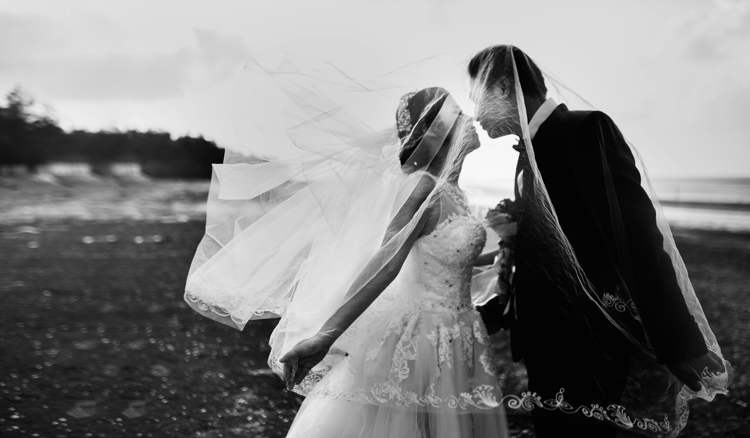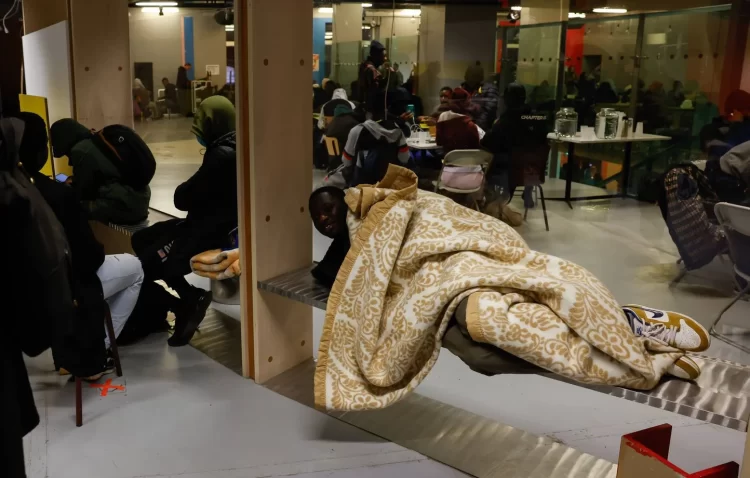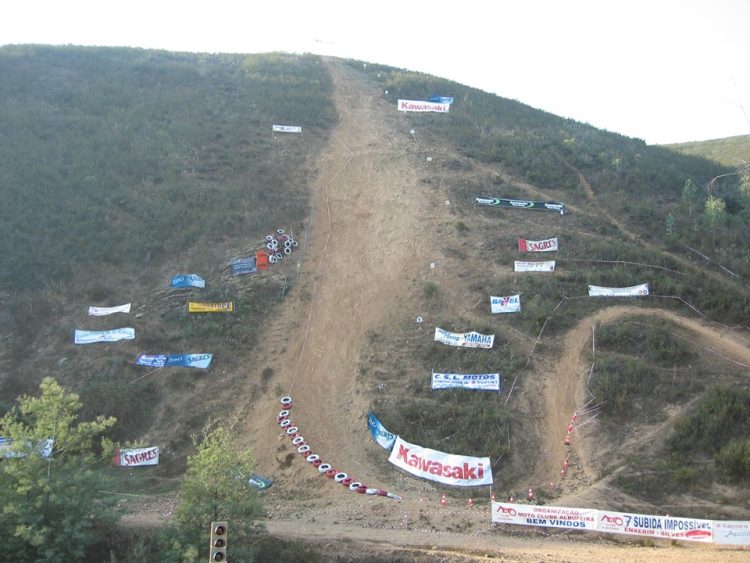Chessboxing is a very unique sport that consists of alternating rounds of boxing and chess, allowing players to win either by knockout or check mate.
You probably think it’s a joke, but those who actually practice chessboxing take it very seriously. In order to be a world class chess-boxer, one must have extensive boxing experience and be at least a Class A strength chess player. The basic idea in chessboxing is to combine the top combat sport with the number one thinking sport into a hybrid that requires competitors to give it their best both physically and mentally.
The history of chessboxing can be traced back to 1992, when French cartoonist Enki Bilal created The Nikopol Trilogy, a comic book that depicted a futuristic world where men boxed on a chessboard floor. The concept inspired Dutch artist Iepe Rubingh to create chessboxing and organize the first world championship, in 2003. Since then, the sport he been constantly gaining popularity and new members from all walks of life join every year.

In a game of chessboxing, opponents play alternate rounds of boxing and chess. The match starts with a round of chess, followed by one of boxing, then another one of chess, and so on. There are 11 rounds, six of chess and five of boxing, with chess rounds of 4 minutes and boxing rounds of 3 minutes. Competitors can win by knockout, checkmate, judges decision or if one of them exceeds the total 12 minutes awarded for chess. If a player doesn’t make a move before the chess round ends, he is issued a warning, and has to move in the next 10 seconds, Multiple warnings can lead to disqualification.

If the chess game ends in a draw, boxing scores are used to determine the winner, and if that ends in a stalemate, the player with the black pieces is declared winner. During chess rounds, players wear headphones so not to hear any advice from the audience or the live chess commentary. Between rounds, they have 1 minute breaks to put on/take off their gloves and earphones.

While chess may seem like the easy part of chessboxing, players say it’s hard to keep a cool head after you’ve been in a fight, and that your adrenaline is actually working against you. The competitor who manages to keep a clearer head has the most chances of winning a match.







